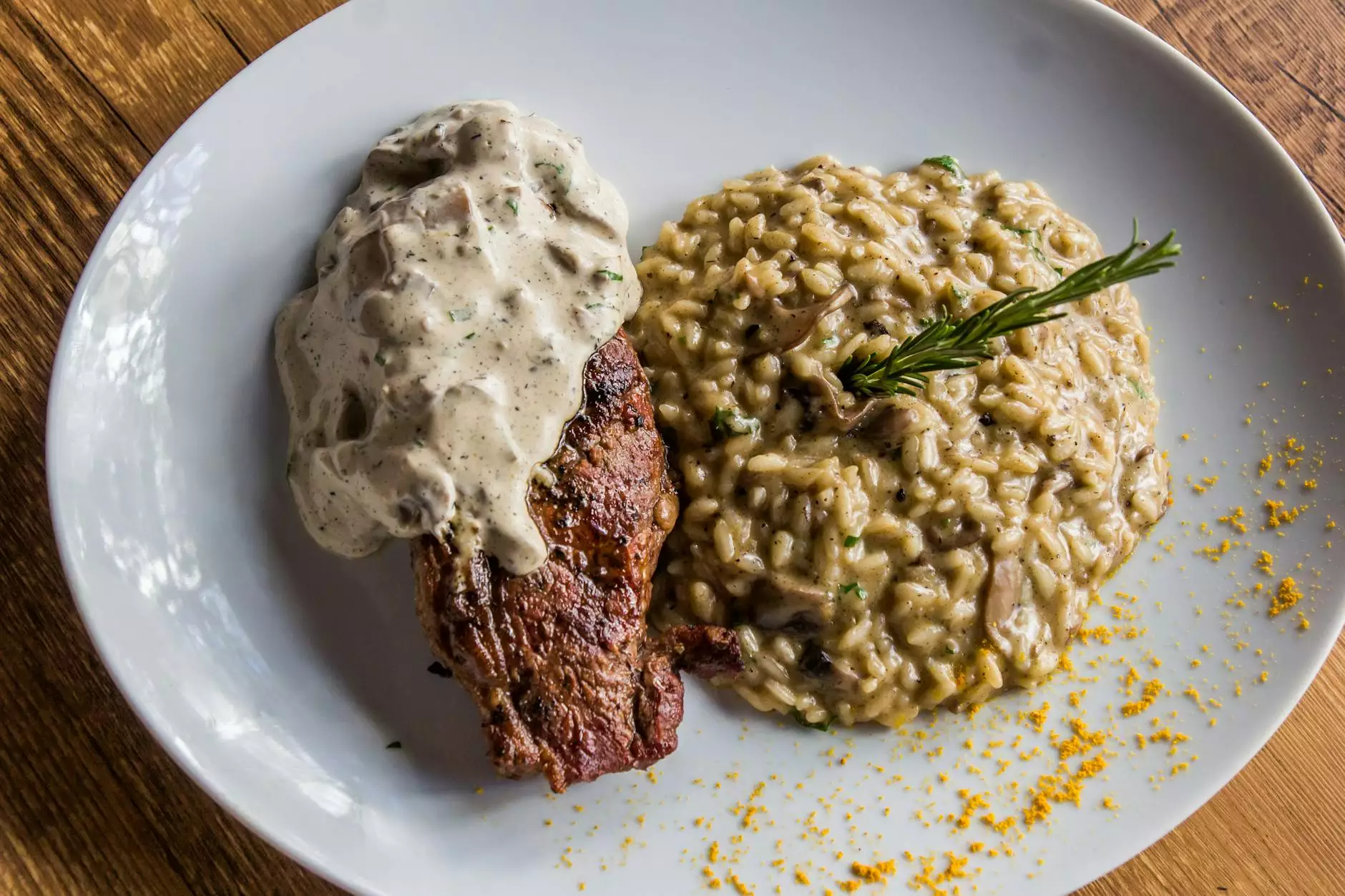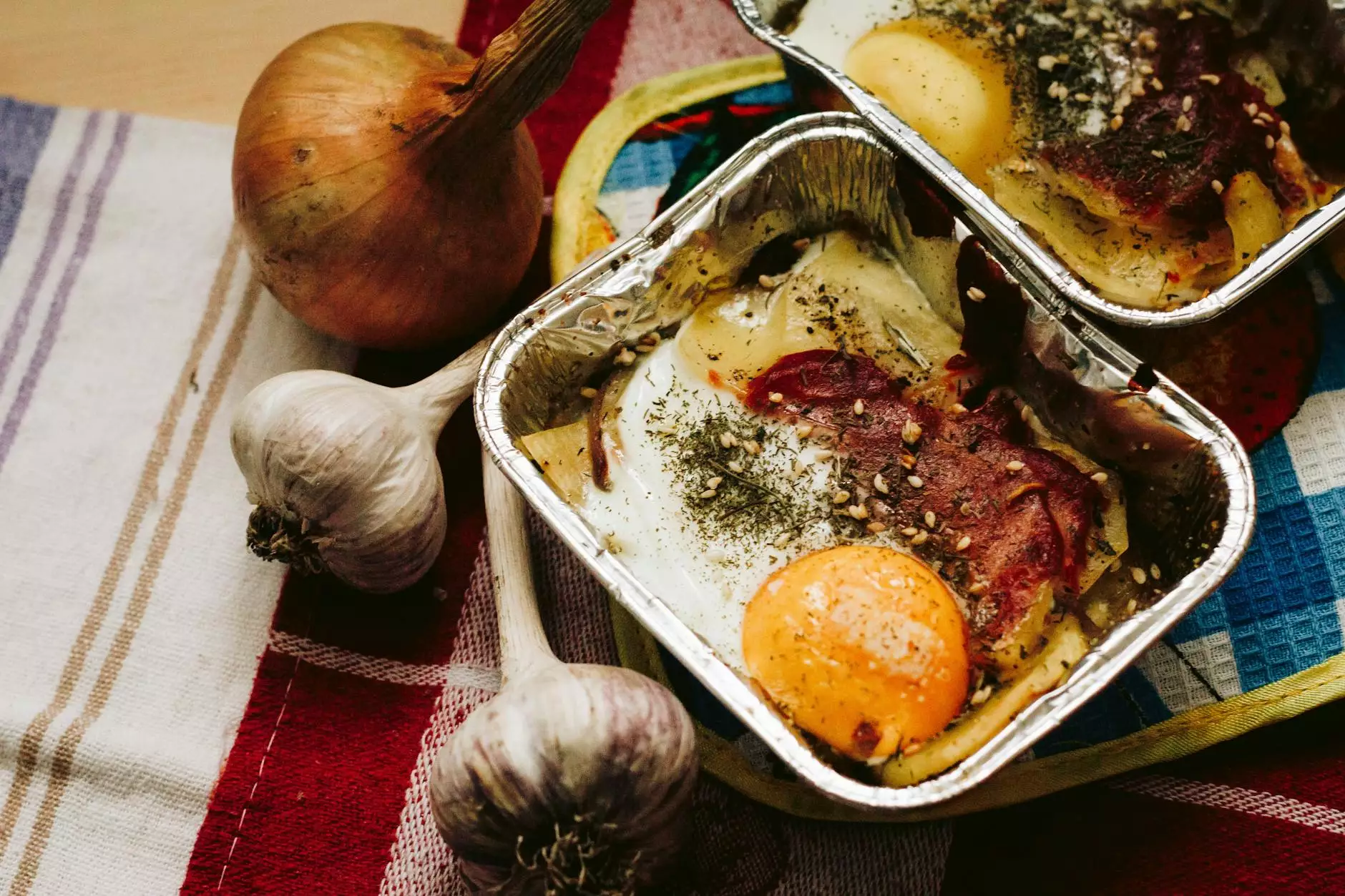Understanding Cuts of Beef Meat: A Comprehensive Guide

Beef is a vital source of nutrition globally, and understanding the different cuts of beef meat available can greatly elevate culinary experiences. Whether you're a seasoned chef or a home cook, knowing how to select and prepare the right cut is essential for making delicious dishes. This article explores the various cuts of beef, their attributes, and how to choose the best options for your meals.
The Basics of Beef Cuts
Beef comes from cattle and can be divided into several categories based on where the meat is sourced from on the animal. These cuts are usually categorized into two main groups: primal cuts and sub-primal cuts.
- Primal Cuts: These are the larger sections of meat taken from the animal. They include:
- Chuck
- Rib
- Loin
- Round
- Brisket
- Short Plate
- Flank
- Sub-Primal Cuts: These are smaller cuts derived from the primal cuts and include popular selections like:
- Ribeye
- New York Strip
- T-Bone
- Sirloin
- Filet Mignon
- Flank Steak
- Brisket Point
Exploring Each Cut in Detail
1. Chuck: The Flavorsome Cut
The chuck cut comes from the shoulder area of the cow. It's a well-worked muscle, which gives it a robust flavor and a slightly tougher texture. Ideal for searing, braising, and making hearty stews, chuck is often used for ground beef as well.
2. Rib: The Tender Delight
Beef from the rib section is known for its tenderness and rich flavor. This section includes cuts like ribeye and prime rib, both of which are highly sought after for grilling or roasting. The marbling in these cuts adds to their juiciness and makes them a favorite for many meat enthusiasts.
3. Loin: The Premium Cuts
The loin section is often regarded as the premium part of the cow, yielding some of the most tender and expensive cuts, including:
- Filet Mignon: Known for its extreme tenderness.
- New York Strip: A bit firmer, with robust flavor.
- T-Bone: Features both the filet and strip on either side of the bone.
These cuts are perfect for grilling, and their flavors can be enhanced with simple seasoning.
4. Round: The Lean Choice
The round cut comes from the rear leg of the cow. It is one of the leaner beef cuts and makes for great roasts and steak options. Its low fat content means that it can be less tender than other cuts, so proper cooking techniques such as marinating or slow cooking are advised to ensure its flavor is not compromised.
5. Brisket: The Barbecue King
The brisket is a popular cut for slow cooking, especially in barbecue. Derived from the chest area, brisket is best when cooked low and slow, producing a tender and flavorful result. It’s ideal for dishes like brisket sandwiches and is often featured in barbecue competitions.
6. Short Plate: Flavors in Every Bite
The short plate comes from the underside of the cow, near the belly. It contains flavorful cuts such as skirt steak, which is popular for fajitas, and short ribs, which are beloved for their richness. These cuts are often used in Mexican and Asian cuisine for their unique flavor profiles.
7. Flank: The Versatile Cook
Flank steak is a thin cut from the abdomen of the cow. It is flavorful and often used in marinated dishes that require quick cooking methods, such as grilling or stir-frying. It's essential to slice flank steak against the grain to maximize tenderness.
Choosing the Right Cut
When selecting beef, consider the following factors:
- Cooking Method: Different cooking styles suit different cuts. For example, tough cuts are excellent for slow cooking while tender cuts are better for grilling.
- Flavor Profile: Richer, marbled cuts will provide a more flavorful experience, perfect for special occasions.
- Health Considerations: Lean cuts, like round and flank, are excellent for those monitoring fat intake.
- Budget: Premium cuts can be more expensive, so balancing flavor with cost is essential, especially for larger gatherings.
Preparing the Perfect Beef Dish
Now that you've chosen your cut of meat, it’s time to prepare it. Here are some expert tips for making your beef dishes shine:
1. Marinating
Enhancing the flavor of your beef can often be achieved through a good marinade. Acids such as vinegar or citrus juices can tenderize tougher cuts, while oil helps to maintain moisture.
2. Seasoning
Simple seasoning goes a long way. A mix of salt, pepper, and aromatic herbs can highlight the natural flavors of the meat.
3. Cooking Techniques
Invest in a good meat thermometer to ensure your beef is cooked to the correct temperature:
- Medium-rare: 130-135°F
- Medium: 140-145°F
- Medium-well: 150-155°F
Overcooking can lead to a tough texture, while undercooking can be unsafe.
Conclusion: Savoring the Cuts of Beef Meat
Understanding the cuts of beef meat opens up a world of culinary possibilities. With the right knowledge, you can elevate your cooking and enhance the flavor experiences for family and friends. From the robust chuck to the tenderloin, every cut has a unique story and specific uses that can cater to various palates.
At UY Meats, we pride ourselves on offering a variety of high-quality beef cuts, making it easy for you to find the right selection for any occasion. Discover the diverse flavors and textures of beef meat, and let your culinary creativity flourish with each meal. Enjoy the journey of cooking with beef!









